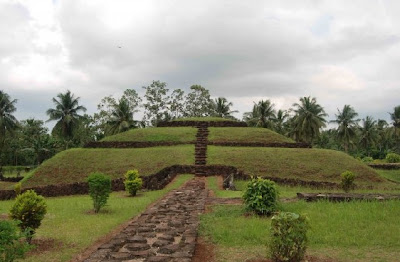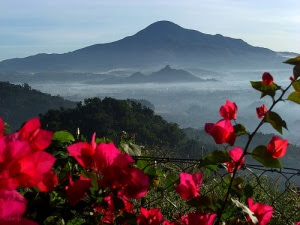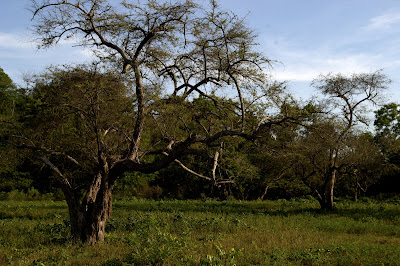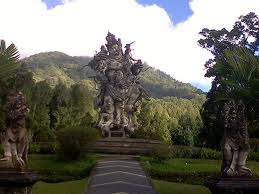Home » Posts filed under Park

Alif Stone Park is a rocky parks located in the seaside Sepempang village, District of Eastern Bunguran, Natuna Regency, Riau Islands province. An area of 3 hectares of it to save thousands of beautiful rocks, combined with the beauty and clarity of the beach that makes the visitor can not forget.
Natuna

Break through the forest cover as well as a variety of flora and fauna watching seemed a challenge that should not be missed by the adventurers. Sweat and adrenaline are increased, the more fun when pushed shrub jungle. Interested to try? Just come to Tanjung Puting National Park. Please try and enjoy
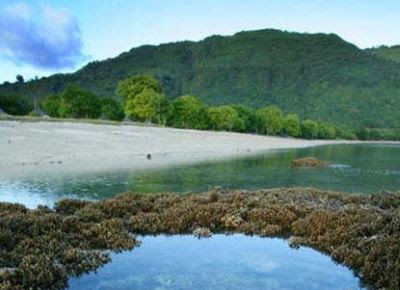
Many who do not know that the charm of Alor has a world-class marine tourism is very intriguing. Alor has eight marine parks. Marine Park Selat Pantar, Alor Kecil, Pura, Ternate, Ampera, Alila, Wolwol, and Mali.
Selat Pantar is not the only place that offers the beauty of the sea. But unlike the others,

Mount Leuser National Park is one of the natural resources deserve the pride of Indonesia. Mount Leuser National Park is a nature reserve on the border of national park status of Nanggroe Aceh Darussalam, North Sumatra. This national park takes its name from the towering Mount Leuser with a height of
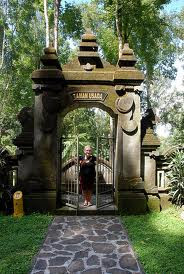
The uniqueness of Bali Botanical Gardens could not be separated from the presence of Usada Park. In Sanskrit Ausadhi, Usada means containing medicinal plants. Area of the park area of 1600 square meters it is devoted to collecting more than 300 plants (derived from various districts in Bali) which
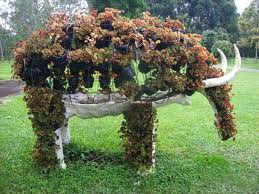
Another uniqueness of Bali's Botanical Garden is where it has a collection of the world's largest Begonia. Of the approximately 200 species in the world, 25% can be found here. There's even a commitment, every new Begonia species found in the collection will be sent here.
Yes, Begonia is an excellent

